Home>Garden Essentials>How To Grow Dill From Seed


Garden Essentials
How To Grow Dill From Seed
Modified: August 17, 2024
Learn the step-by-step process of growing dill from seed in your garden. Discover expert tips and techniques to ensure a successful harvest.
(Many of the links in this article redirect to a specific reviewed product. Your purchase of these products through affiliate links helps to generate commission for Storables.com, at no extra cost. Learn more)
Introduction
Welcome to the world of gardening! There is something incredibly satisfying about growing your own plants and having the opportunity to enjoy the fruits of your labor. If you’re new to gardening or looking to expand your garden repertoire, dill is an excellent herb to consider. Not only does it add a burst of flavor to various dishes, but it is also relatively easy to grow from seed. In this article, we will guide you through the process of growing dill from seed, ensuring that you have a successful and abundant harvest.
Dill, scientifically known as Anethum graveolens, is a versatile herb that has been cultivated for centuries. Its feathery leaves and delicate yellow flowers add an aesthetic appeal to any garden. Dill is renowned for its distinct flavor, often described as a combination of anise, celery, and parsley. It is a popular addition to many dishes, such as soups, salads, pickles, and fish recipes.
Before we delve into the details of growing dill from seed, it is essential to understand that dill is an annual herb. This means that it completes its life cycle within one growing season. However, dill will often self-sow and reappear in subsequent years if allowed to flower and scatter seeds.
Now that you have a basic understanding of dill and its culinary significance, let’s get started on growing this delightful herb in your garden. By following the steps provided in this article, you’ll be well on your way to enjoying a plentiful harvest of fresh dill leaves and seeds.
Key Takeaways:
- Choose high-quality dill seeds for a successful harvest. Consider variety, freshness, purity, and organic options. Invest in good seeds for thriving dill plants.
- Prepare the soil, plant at the right time, and provide proper care for healthy dill growth. Harvest and store leaves and seeds for maximum flavor.
Choosing the Right Seeds
Selecting high-quality seeds is crucial for successful dill cultivation. When it comes to choosing the right seeds, keep the following factors in mind:
- Variety: Dill comes in different varieties, each with its unique characteristics. Common varieties include Bouquet, Fernleaf, and Mammoth. Bouquet is a popular choice for its abundant foliage and fragrance, while Fernleaf is a compact variety that is suitable for smaller gardens or container growing. Mammoth, as the name suggests, produces large-sized plants and is ideal if you want to harvest dill seeds for culinary or medicinal purposes.
- Freshness: Always opt for fresh seeds as they have a higher chance of germination. Check the packaging date or purchase seeds from a reputable supplier to ensure their freshness.
- Purity: Look for seeds that are free from contamination and do not contain any foreign matter. Pure seeds will have a higher germination rate and result in healthier plants.
- Organic vs. Non-Organic: Consider whether you want to grow dill from organic or non-organic seeds. Organic seeds are produced without the use of synthetic chemicals and pesticides, aligning with a more sustainable and environmentally friendly approach to gardening.
When purchasing dill seeds, it can be helpful to read reviews or seek recommendations from fellow gardeners to ensure you’re choosing a reliable source. Remember, investing in high-quality seeds will increase your chances of a successful and rewarding dill-growing experience.
Preparing the Soil
Before sowing your dill seeds, it is essential to prepare the soil to create a favorable environment for growth. Here are the necessary steps to follow when preparing the soil:
- Choose a Sunny Location: Dill thrives in full sun, so select a spot in your garden that receives at least six to eight hours of direct sunlight each day.
- Clear the Area: Remove any weeds, rocks, or debris from the planting area. Dill prefers clean, well-maintained soil.
- Loosen the Soil: Use a garden fork or tiller to loosen the soil, creating a loose and crumbly texture. This helps with root penetration and allows for proper drainage.
- Amend the Soil: Dill prefers loose, well-draining soil with a pH level between 5.8 and 6.5. If your soil is heavy clay or sandy, you can amend it by adding organic matter, such as compost or well-rotted manure. This will improve the soil structure and provide essential nutrients for the dill plants.
- Level the Soil: Rake the soil surface to create a smooth and level bed for planting. This will ensure that water distribution is even and prevent waterlogging in certain areas.
Taking the time to prepare the soil properly will create an optimal growing environment for your dill plants. It allows for better water drainage, root development, and nutrient absorption, all of which contribute to the overall health and vigor of your dill plants.
Planting the Seeds
Now that you have prepared the soil, it’s time to sow your dill seeds. Follow these steps to ensure successful planting:
- Timing: Dill is a cool-season herb, so it’s best to sow the seeds in early spring when the soil has warmed up to around 60°F (15°C). This typically occurs a few weeks before the last frost date in your area. Alternatively, you can sow dill seeds in late summer for a fall harvest.
- Seed Spacing: Sow the dill seeds about ¼ inch (6mm) deep into the soil. Space the seeds approximately 12 inches (30cm) apart to allow room for the plants to grow. If you’re planning to have multiple rows, space the rows around 18 inches (45cm) apart.
- Watering: Gently water the planting area after sowing the seeds. Ensure that the soil is evenly moist, but be careful not to overwater, as excessive moisture can lead to seed rot or fungal diseases.
- Germination: Dill seeds usually germinate within 7 to 21 days, depending on the temperature and soil conditions. During this period, it’s important to keep the soil consistently moist to support germination.
- Thinning: Once the dill seedlings emerge and reach a height of a few inches, thin them out to give each plant enough space to grow. Space the healthy seedlings 6 to 12 inches (15-30cm) apart, depending on the variety.
Remember to label your planting area so that you can identify the dill plants among other herbs or vegetables. This will prevent accidental removal or confusion during the growing season.
By following these guidelines, you will ensure that your dill seeds have the best chance of germination and will be well-positioned for healthy growth and development.
Plant dill seeds in well-drained soil with full sun. Sow seeds 1/4 inch deep and 18 inches apart. Keep soil moist until seeds germinate, then water regularly. Harvest when the plant is 8-10 inches tall.
Watering and Care
Proper watering and care are essential for the healthy growth of your dill plants. Here are some tips to keep in mind:
- Watering: Dill plants require regular watering, especially during dry spells. Provide them with about 1 inch (2.5cm) of water per week. It’s important to water deeply, allowing the water to reach the root zone. However, avoid overwatering, as it can lead to root rot or other diseases.
- Mulching: Applying a layer of organic mulch, such as straw or wood chips, around your dill plants can help retain moisture in the soil, inhibit weed growth, and maintain a more consistent temperature. Mulching also helps to prevent the soil from drying out too quickly, especially during hot summer days.
- Fertilization: Dill plants don’t usually require heavy fertilization. However, if the soil is lacking in nutrients, you can apply a balanced organic fertilizer once or twice during the growing season. Be sure to follow the manufacturer’s instructions regarding the application rate.
- Support: As dill plants grow tall and produce delicate foliage, they may benefit from support as they mature. If necessary, you can gently stake the plants or use a plant cage to prevent them from bending or breaking under their weight.
- Weeding: Regularly check the planting area for weeds and remove them promptly. Weeds compete with dill for nutrients, water, and sunlight, so it’s important to keep the area around your dill plants weed-free.
- Harvesting: Harvesting dill leaves can be done once the plants have reached a height of about 12 inches (30cm). Harvest the leaves individually or cut entire stems, leaving some foliage to allow the plant to continue growing. To harvest dill seeds, wait until the flowers have dried and turned brown. Cut the seed heads and place them in a paper bag to let them dry further. Gently shake the bag to release the seeds.
By following these watering and care tips, you’ll provide your dill plants with the ideal conditions for healthy growth, ensuring a bountiful harvest of flavorful leaves and seeds.
Read more: What Are Dill Seeds
Harvesting and Storage
Harvesting and properly storing your dill is crucial to maximize its flavor and preserve its freshness. Here are the steps to follow:
- Harvesting Leaves: Dill leaves can be harvested as soon as the plants have reached a height of about 12 inches (30cm). Harvest the leaves individually by snipping them close to the stem. Alternatively, you can cut entire stems, leaving some foliage on the plant to allow for continued growth.
- Harvesting Seeds: Dill seeds are harvested when the flowers have dried and turned brown. Cut the seed heads from the plant, making sure to do it before they start to shatter and disperse the seeds. Place the seed heads in a paper bag to further dry for a few weeks. Once dry, gently shake the bag to release the seeds.
- Storage: To store dill leaves, gently wash them and pat them dry with a paper towel. Place the leaves in a plastic bag or an airtight container and store them in the refrigerator. They will typically stay fresh for up to a week.
- For long-term storage of dill seeds, ensure they are completely dry before transferring them to an airtight container, such as a glass jar or a ziplock bag. Store the seeds in a cool, dry, and dark place, such as a pantry. Properly stored dill seeds can retain their viability for up to three years.
Remember, the flavors of dill leaves and seeds are best when used fresh. While dried dill can still be used in culinary applications, it may not have the same vibrant taste as freshly harvested herbs.
By following these guidelines for harvesting and storing your dill, you can enjoy the flavors and benefits of this herb long after the harvest season.
Common Pests and Diseases
While dill is a relatively hardy herb, it is still susceptible to some common pests and diseases. Being aware of these potential issues will help you identify and address them promptly. Here are a few common pests and diseases that can affect dill:
- Aphids: Aphids are small, soft-bodied insects that feed on the sap of plants. They can cause curling leaves and stunted growth. To control aphids, you can spray the affected plants with a strong stream of water or use insecticidal soap.
- Cabbage Worms: These green caterpillars are the larvae of white butterflies and can devour dill leaves and stems. Handpicking them off the plants or applying an organic insecticide derived from Bacillus thuringiensis (Bt) can help control their population.
- Powdery Mildew: Powdery mildew is a fungal disease that appears as a white powdery coating on the leaves. It thrives in humid conditions and can hinder the growth of your dill plants. To prevent powdery mildew, provide adequate air circulation, avoid overhead watering, and remove and destroy infected foliage.
- Leaf Spot: Leaf spot is another fungal disease that causes dark spots or lesions on the leaves. It thrives in damp conditions and can lead to defoliation if left untreated. Remove and destroy infected leaves, and avoid overhead watering to prevent leaf spot.
- Root Rot: Overwatering or poorly draining soil can cause root rot, which can lead to yellowing leaves, wilting, and plant death. To prevent root rot, ensure proper drainage and avoid overwatering.
Regularly inspecting your dill plants for signs of pest infestation or disease is essential. Early detection and intervention can help mitigate damage and prevent the spread of pests or diseases to other plants in your garden. Implementing good gardening practices, such as proper watering, adequate spacing, and maintaining a clean garden bed, can also help prevent these issues from arising.
If you’re uncertain about the specific pest or disease affecting your dill plants, consult a local gardening expert or extension service for guidance on appropriate control methods.
Conclusion
Congratulations, you are now equipped with the knowledge and skills to successfully grow dill from seed! By following the steps outlined in this guide, you can enjoy an abundant harvest of fresh dill leaves and seeds to enhance your culinary creations. Here’s a quick recap of the key points covered:
– Choose high-quality dill seeds, considering factors such as variety, freshness, purity, and whether they are organic or non-organic.
– Before planting, prepare the soil by selecting a sunny location, clearing the area of weeds and debris, loosening the soil, and amending it if necessary.
– Plant the dill seeds at the right time and spacing, ensuring they are watered adequately for germination.
– Provide care to your dill plants by watering them consistently, mulching to retain moisture, fertilizing as needed, and supporting the plants as they grow taller.
– Harvest dill leaves when they have reached the desired height, and harvest dill seeds when the flowers have dried and turned brown.
– Properly store the harvested dill leaves and seeds to maintain their freshness and flavor.
– Be aware of common pests and diseases that can affect dill, and take prompt action to address any issues that arise.
Remember, gardening is a journey of learning and experimentation. Don’t be afraid to try new techniques or varieties of dill to find what works best for you and your garden. With patience, care, and a little bit of green-thumb magic, you’ll have a thriving dill patch in no time.
So, roll up your sleeves, grab your gardening tools, and get ready to enjoy the delights of growing your own dill from seed. Happy gardening!
Curious about how quickly seeds sprout? Our guide on seed germination tackles this mystery, offering practical advice for garden enthusiasts. If you're also pondering the merits of a kitchen garden, we've got you covered with insights on integrating edible plants right outside your back door. Both articles are packed with tips to help you enhance your gardening skills and enjoy fresh, homegrown flavors all season long.
Frequently Asked Questions about How To Grow Dill From Seed
Was this page helpful?
At Storables.com, we guarantee accurate and reliable information. Our content, validated by Expert Board Contributors, is crafted following stringent Editorial Policies. We're committed to providing you with well-researched, expert-backed insights for all your informational needs.
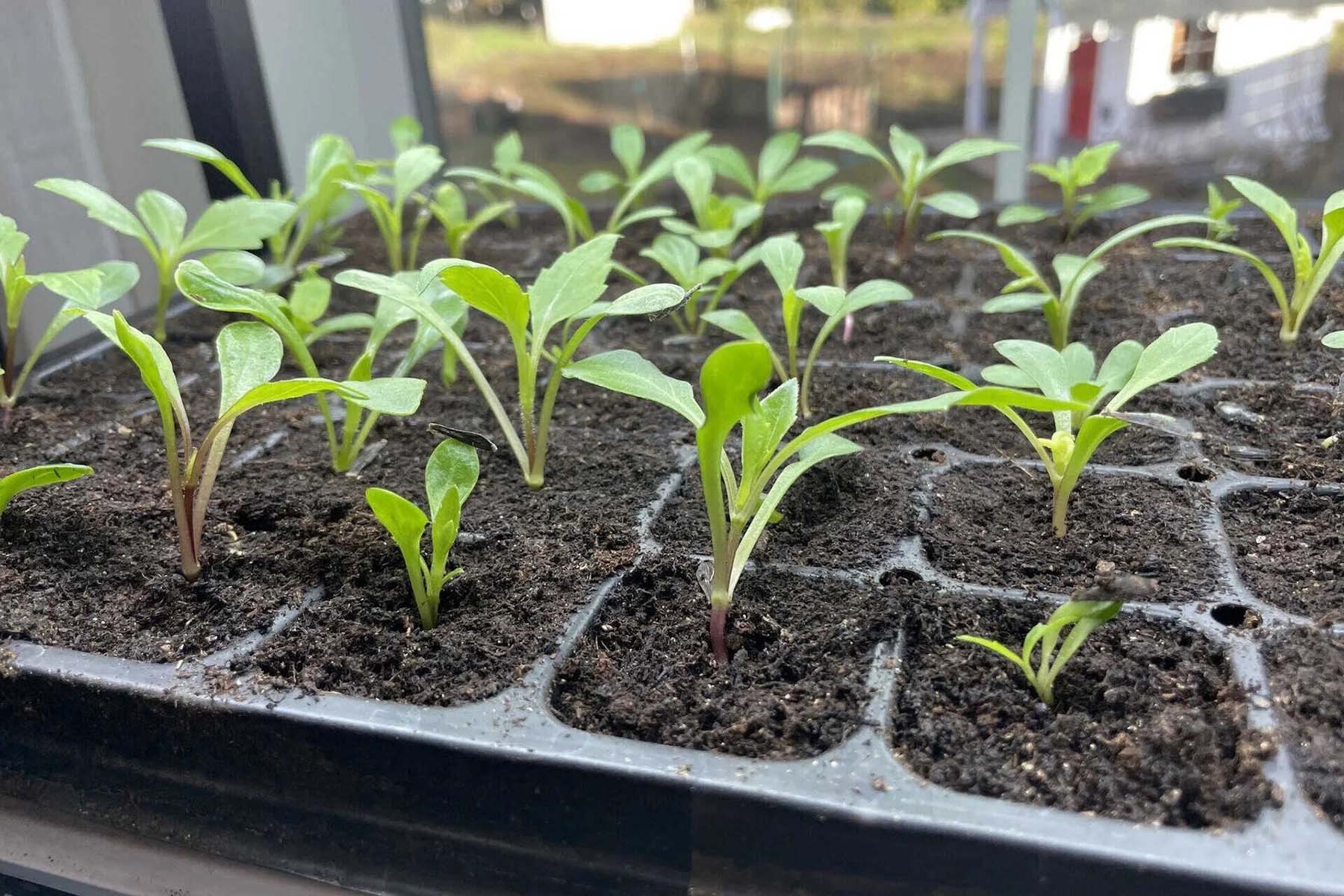
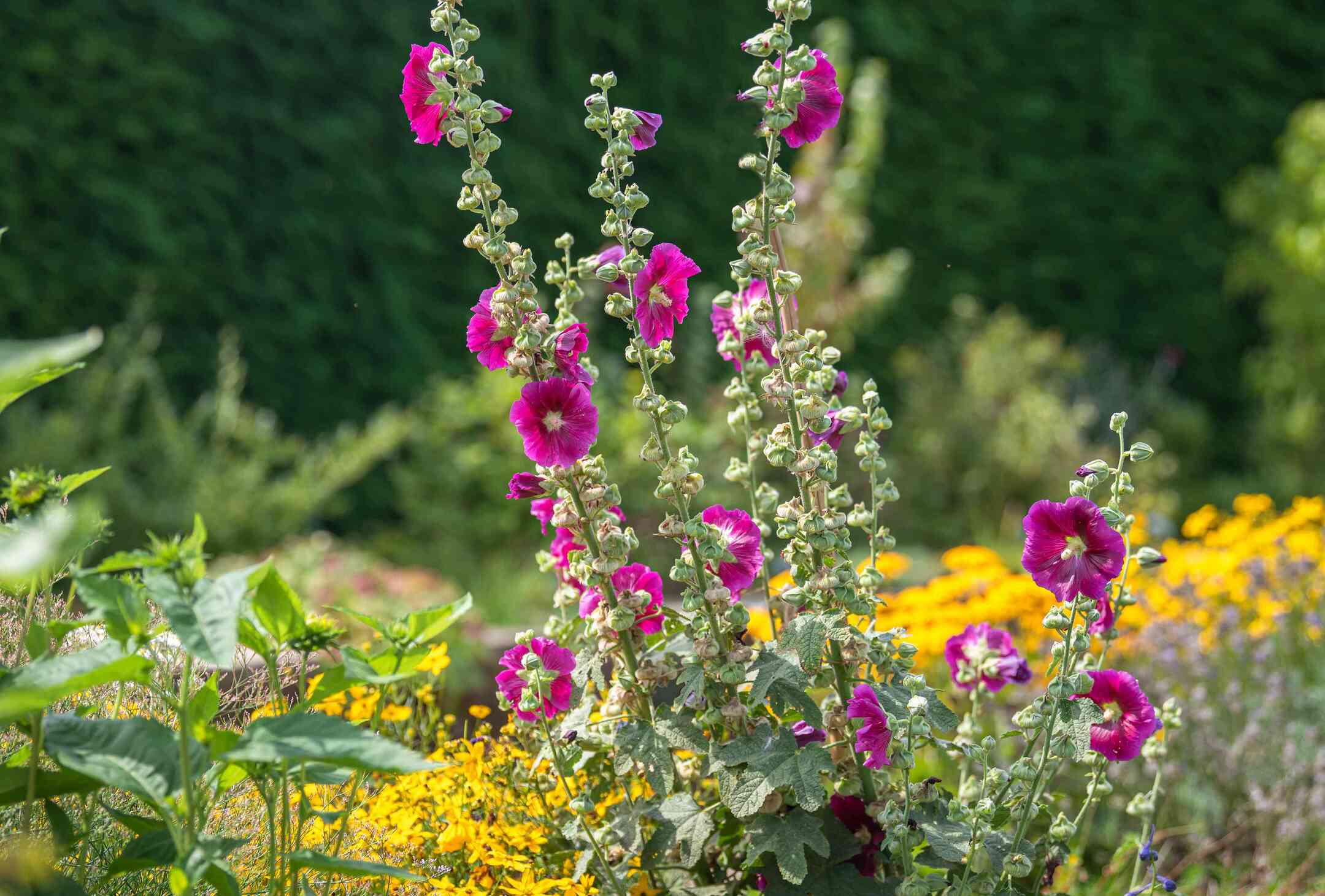
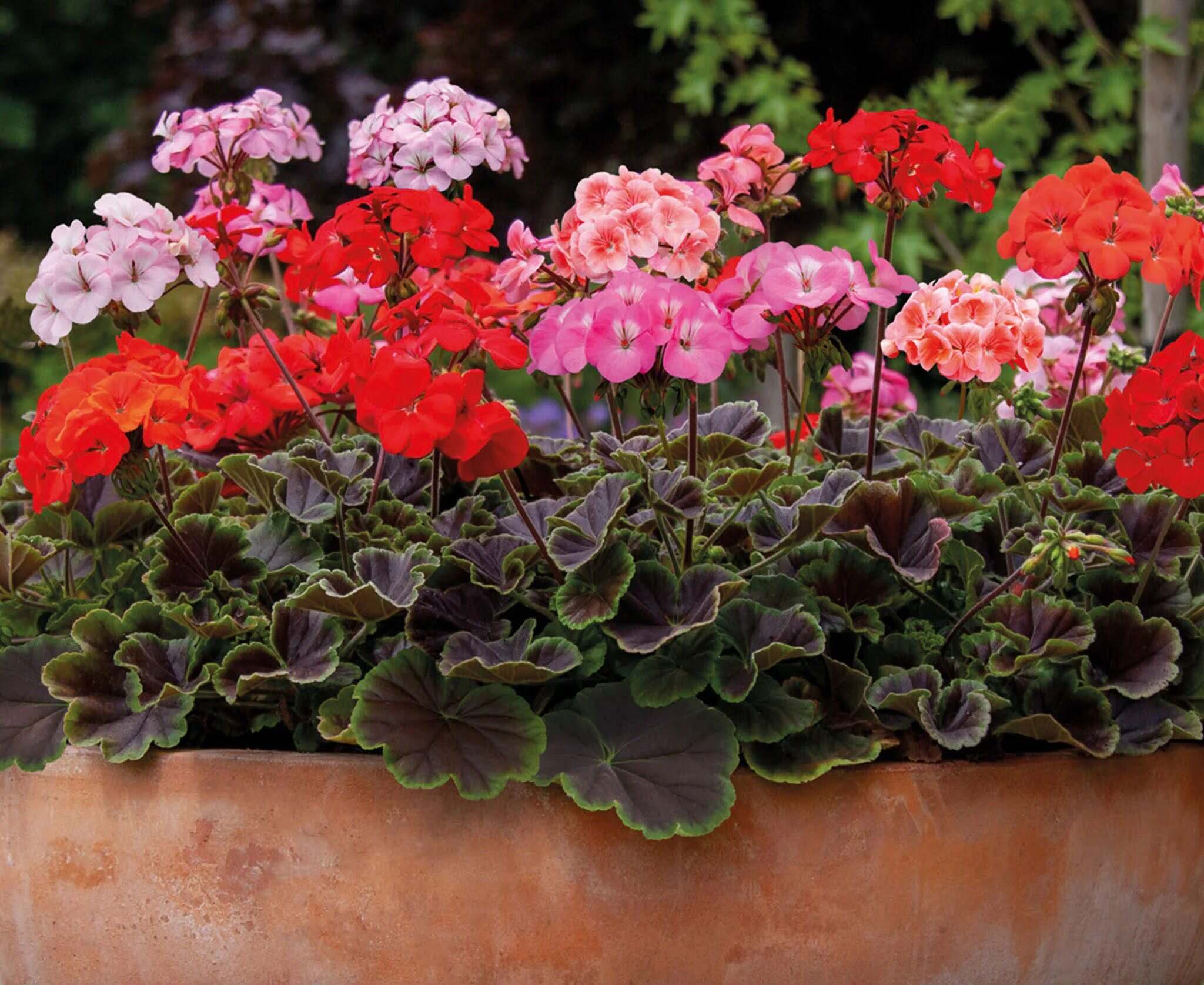
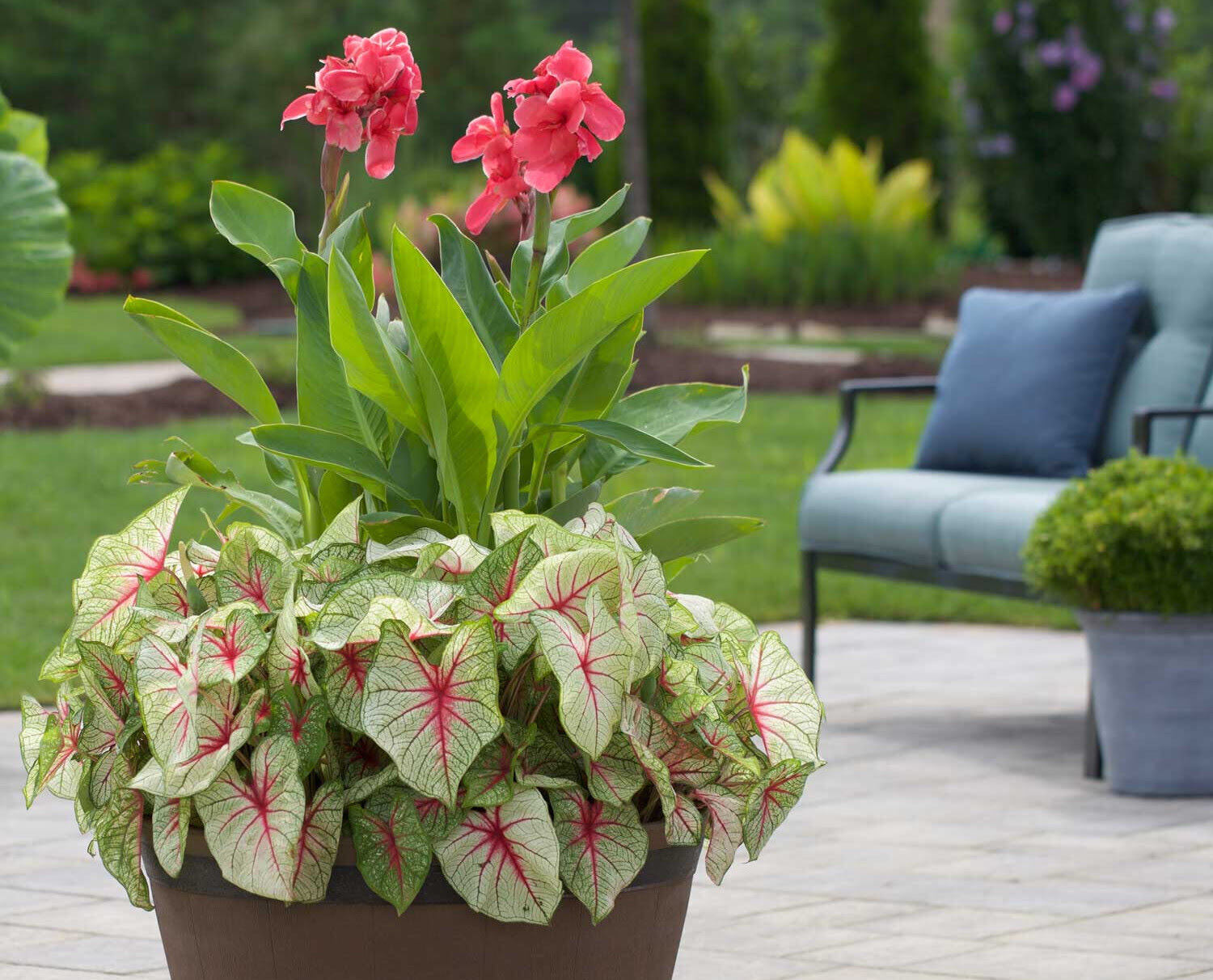
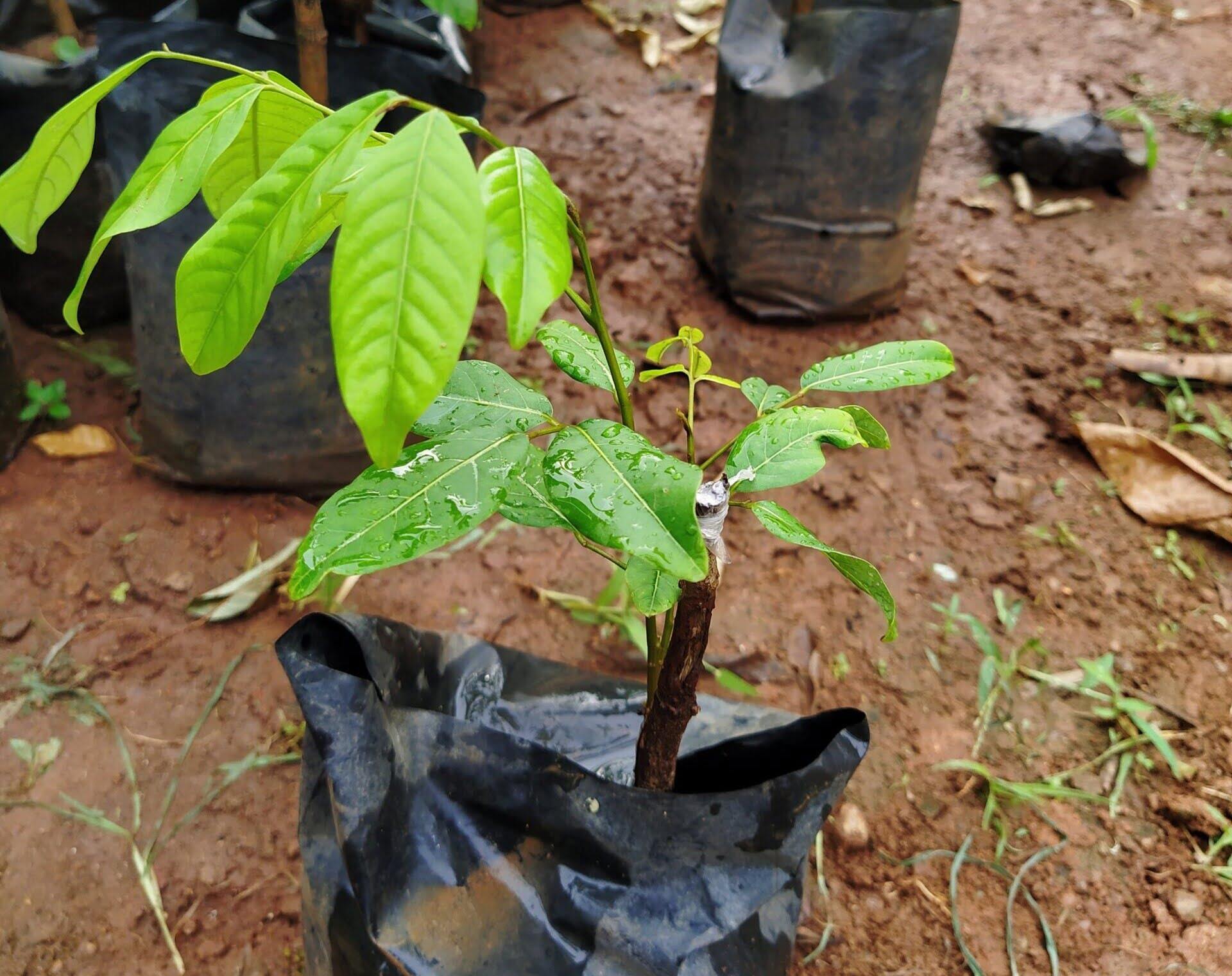
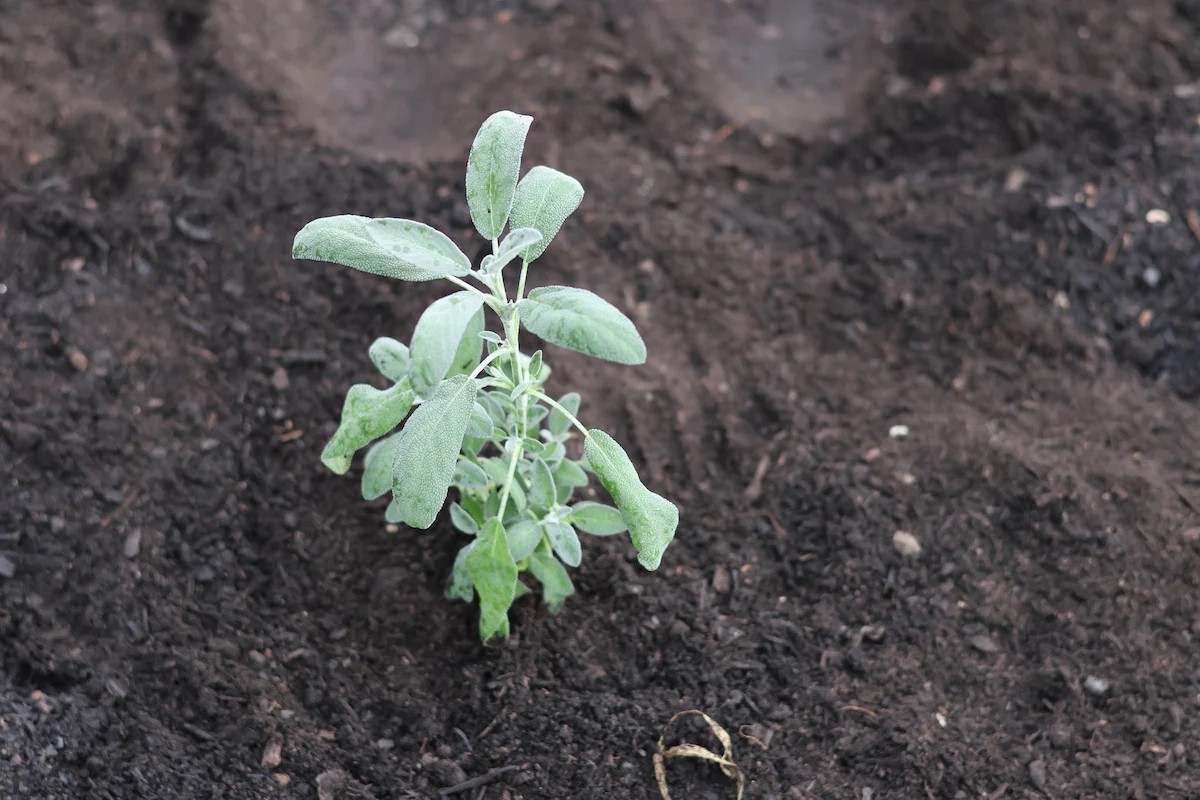
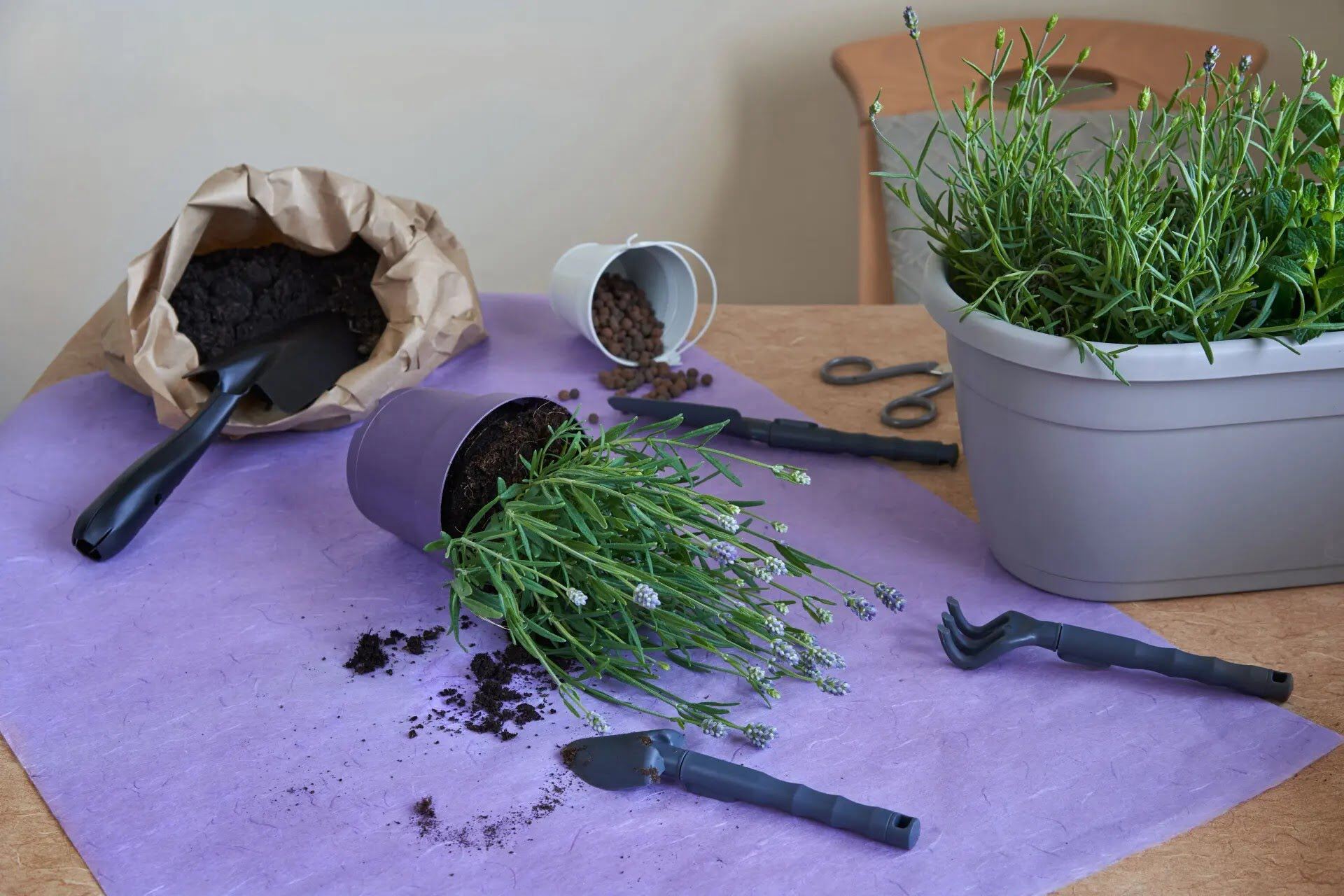
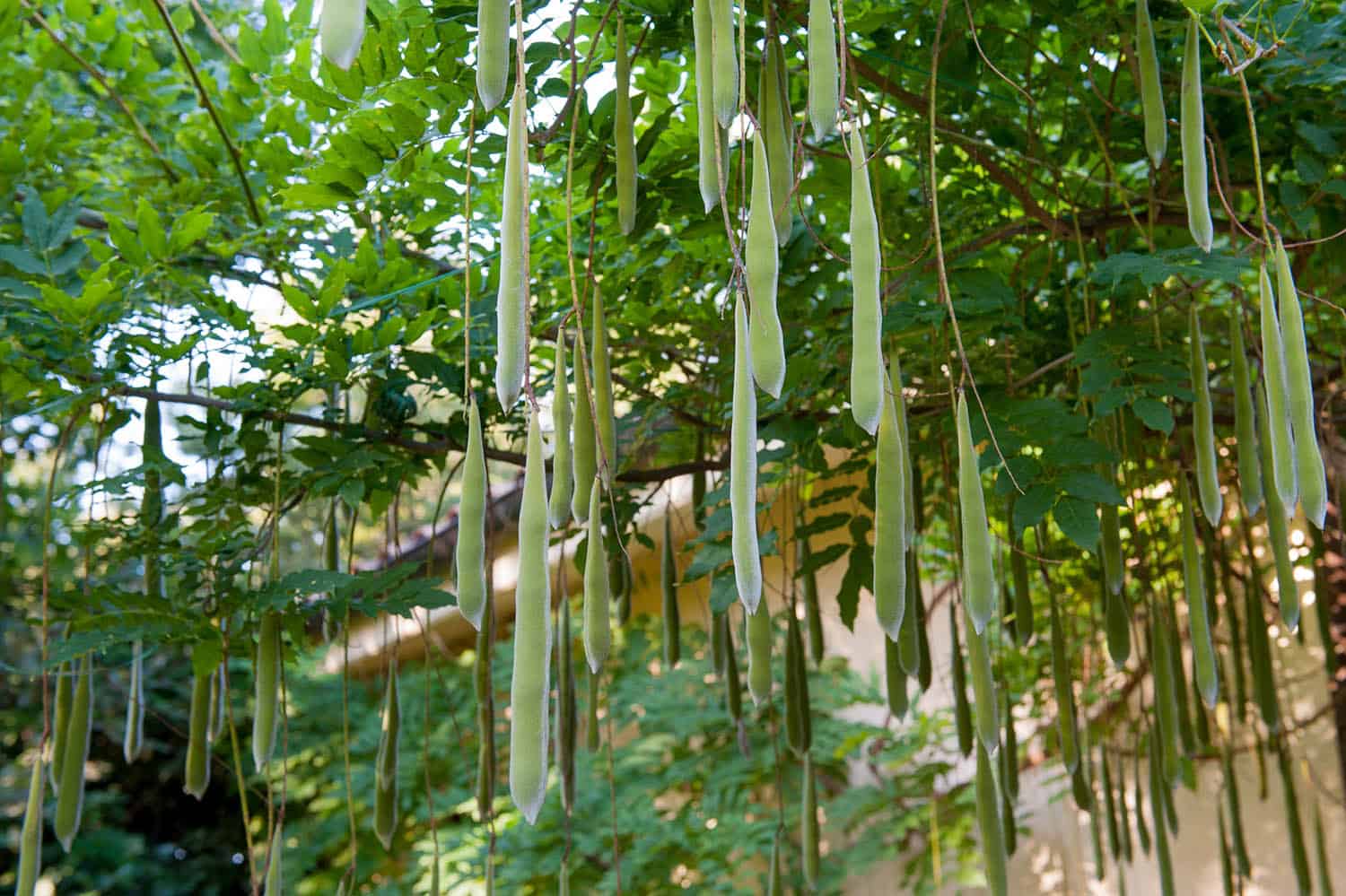
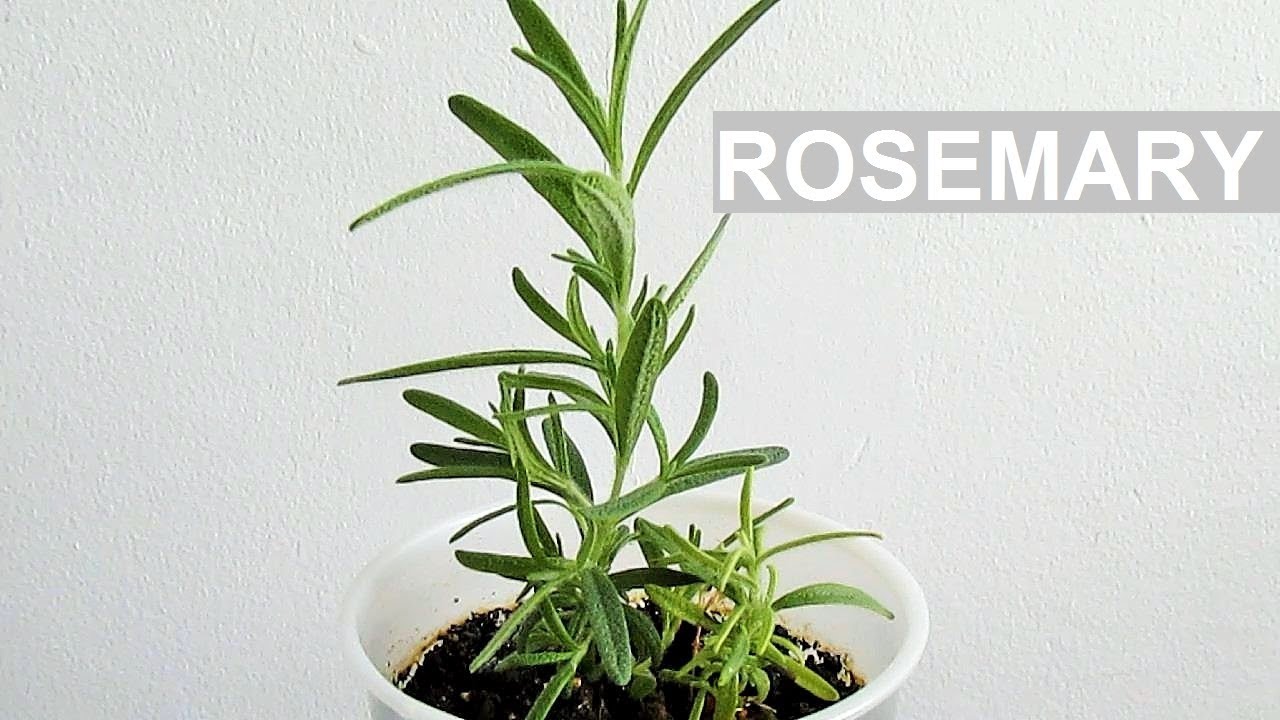
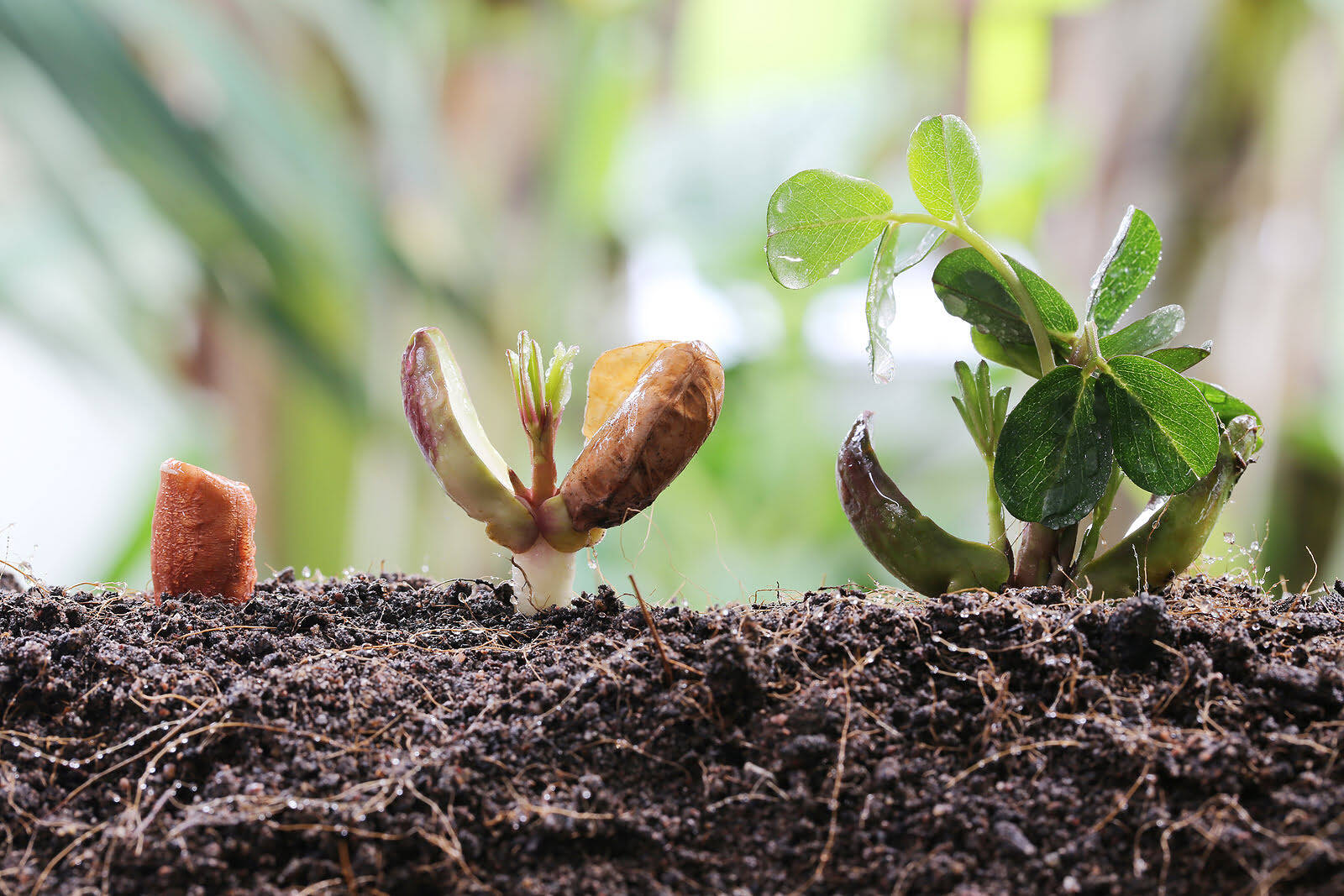
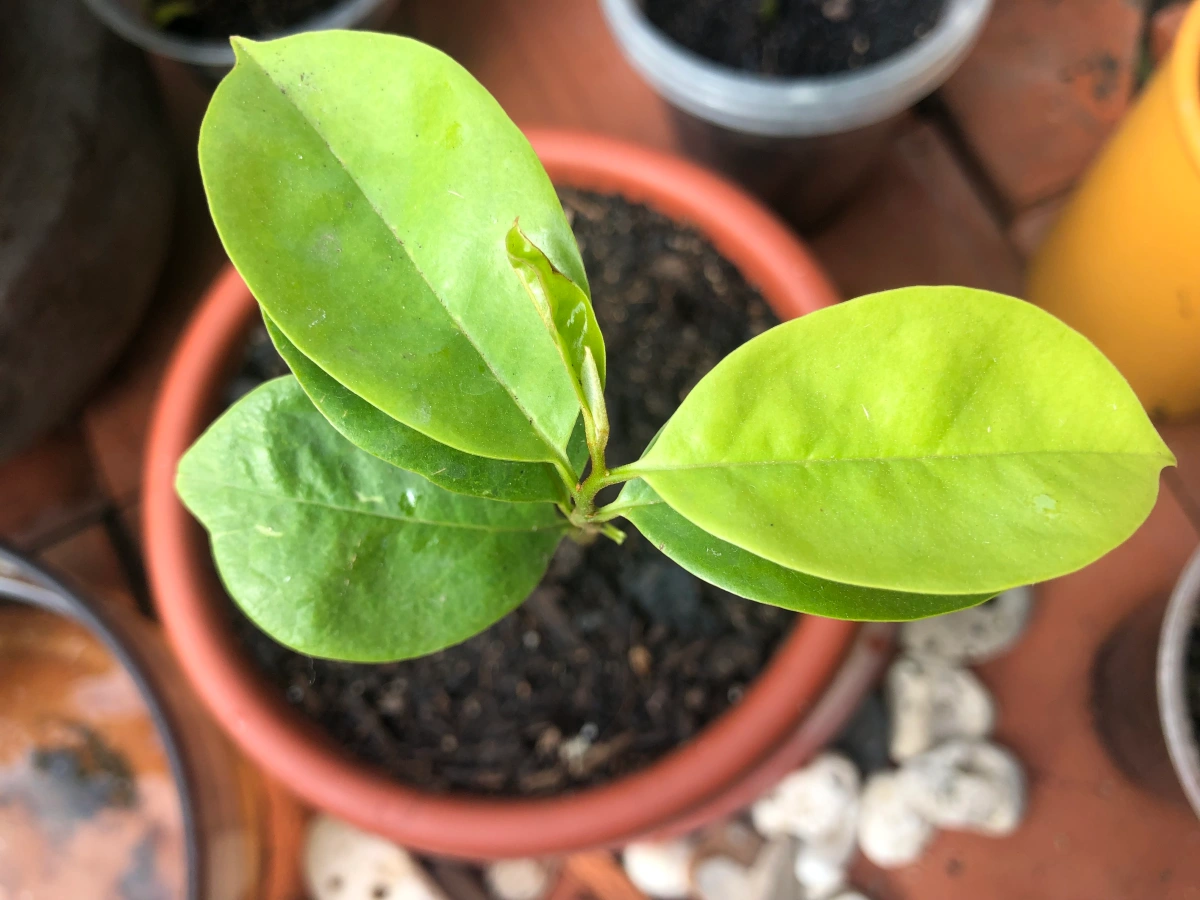
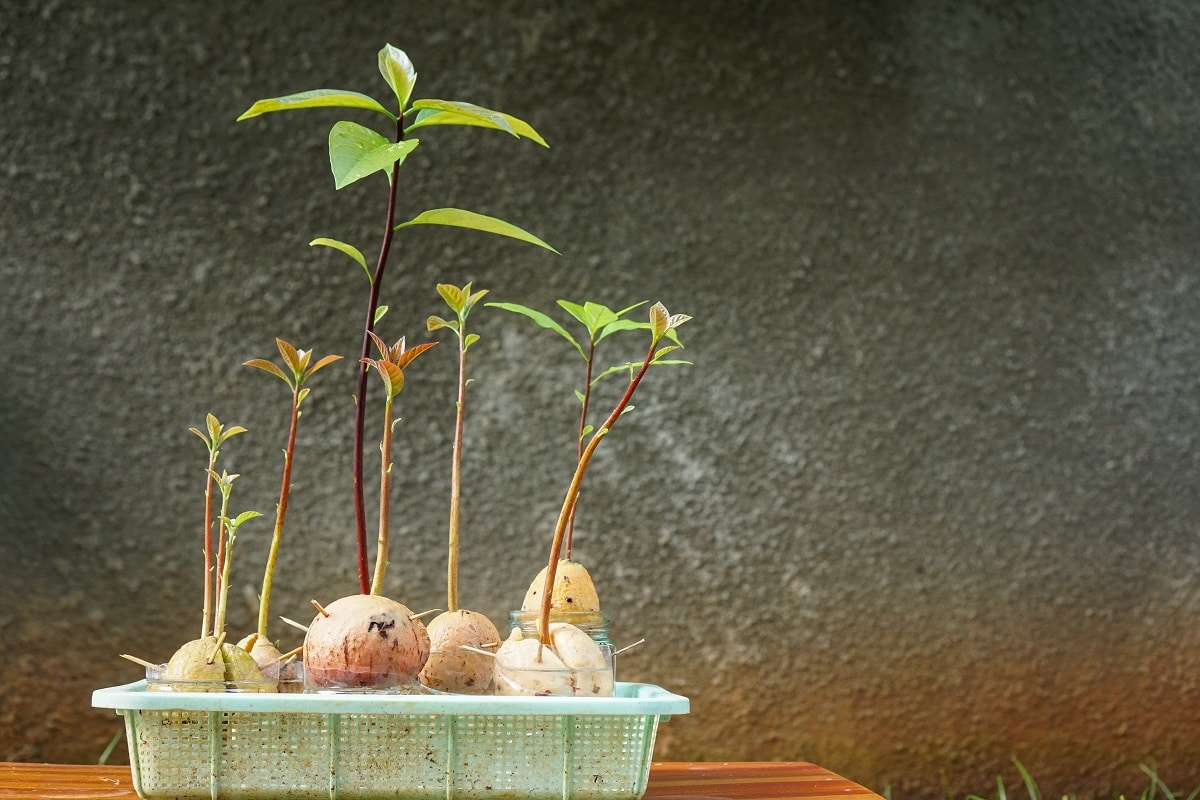



0 thoughts on “How To Grow Dill From Seed”